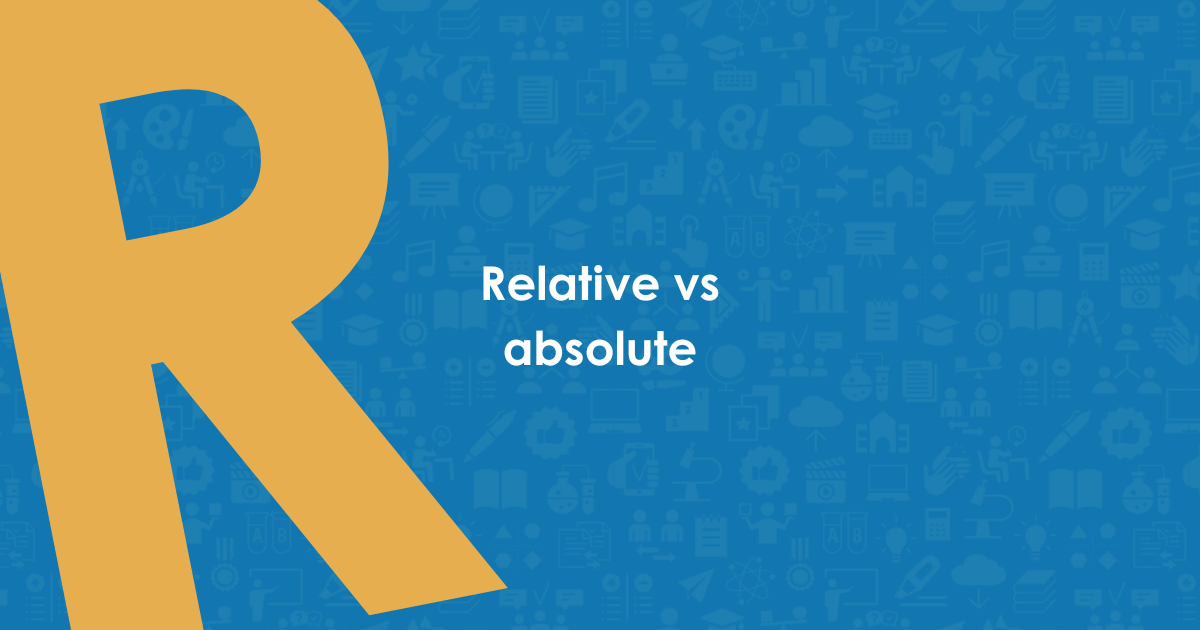Stay up to date!
Would you like to receive tips, articles and news about the latest developments in Comproved and comparative judgement in your mailbox? Subscribe to our monthly newsletter!



Would you like to receive tips, articles and news about the latest developments in Comproved and comparative judgement in your mailbox? Subscribe to our monthly newsletter!
"*" indicates required fields